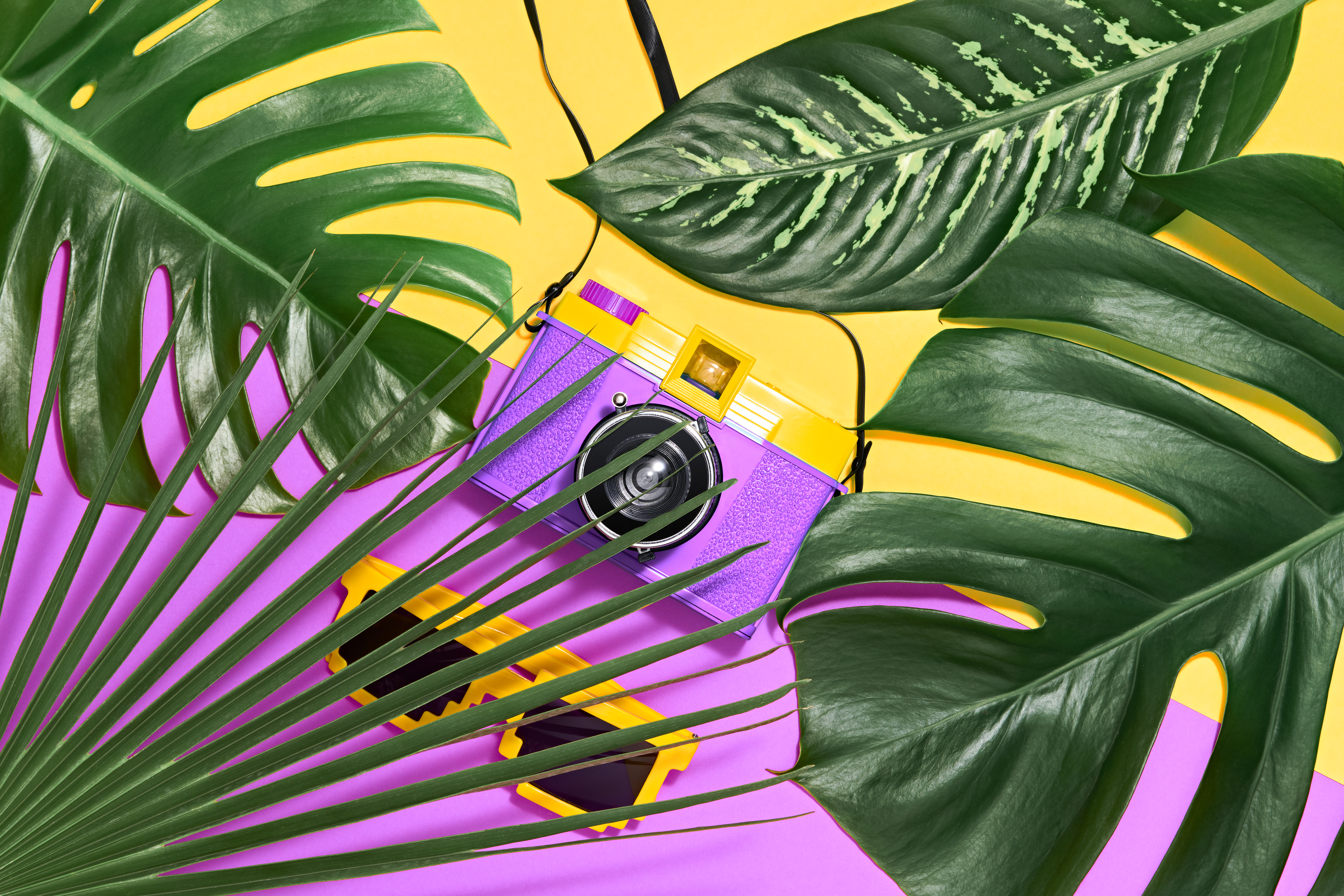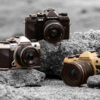We just came across an article from Great Big Photography World that really hits the mark on Lomography and Holga cameras. Written by Daniel Wright, it digs into why photographers are falling in love with these intentionally imperfect cameras, especially now when everyone’s chasing that pixel-perfect digital look.
The article starts strong with a clear breakdown of what Lomography is – basically a different way of thinking about photography that started with this Russian camera called the LOMO LC-A. What’s cool is how it explains the whole movement without getting bogged down in technical stuff that might scare off newcomers.
What Makes This Worth Reading
- Shows how Lomography went from a small Vienna-based thing to this huge international movement
- Explains why photographers actually want their cameras to have light leaks and soft focus
- Breaks down the whole Holga camera lineup without making it feel like a product catalog
- Gives practical tips for anyone thinking about trying it out
The piece really shines when it gets into the technical quirks of Holga cameras. Instead of treating things like vignetting or unpredictable focus as problems, it shows how photographers use these characteristics creatively. It’s interesting to see how what some might call “flaws” end up creating these unique images that people actually prefer over technically perfect shots.
Community and Culture
The article does a solid job covering how Lomographyand Holga Cameras has grown into this whole community thing. From the Lomographic Society International‘s expansion across Hong Kong, Japan, and the US to the photographers who are making amazing work with these cameras, you get a good sense of why people are so into it.
Practical Stuff That Matters
What makes this piece especially useful is how it breaks down the practical side:
- Real talk about camera prices (you can grab a 120N model for under $50)
- Tips on choosing between black and white or color film
- Where to get your film developed these days
- How to work with the camera’s quirks instead of fighting them
The section on notable photographers like Susan Burnstine and Taiju Fubuki shows how serious artists are using these “toy” cameras to create legitimate art. It’s pretty cool to see how they’re pushing what’s possible with such basic equipment.
Wright closes the article with some thoughts on where Lomography is headed. The movement’s still growing, with photographers finding new ways to use these cameras alongside their digital gear. It’s not about replacing digital – it’s about having another tool in your creative toolkit.
What really makes this article work is how it balances the technical, artistic, and practical sides of Lomography. You walk away understanding not just what Lomography is, but why people get so excited about it.
If you’re into photography and looking for something different, or just curious about why some folks choose to shoot with cameras that intentionally create “imperfect” images, this article’s worth your time. It’s refreshing to read something that explains a niche photography movement without getting too precious about it.
For the full article and more insights into the world of Lomography and Holga cameras, head over to Great Big Photography World. Whether you end up trying it yourself or just want to understand what the buzz is about, you’ll come away with a solid grasp of why these cameras matter in today’s photography scene.
Best Thing We Read This Week shares photography articles that challenge our perspectives and deepen our understanding of the craft. Have an article to suggest? Share it in the comments below.








